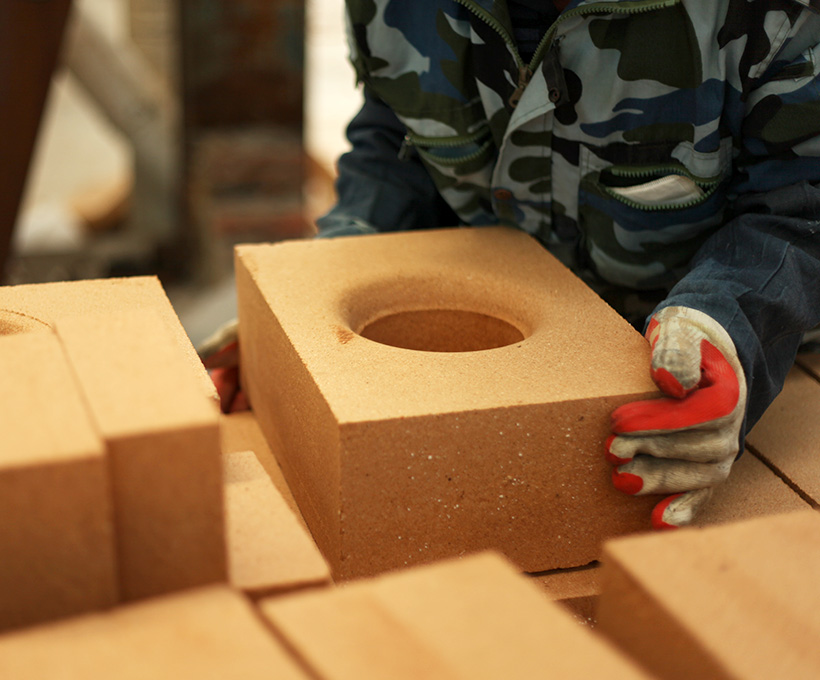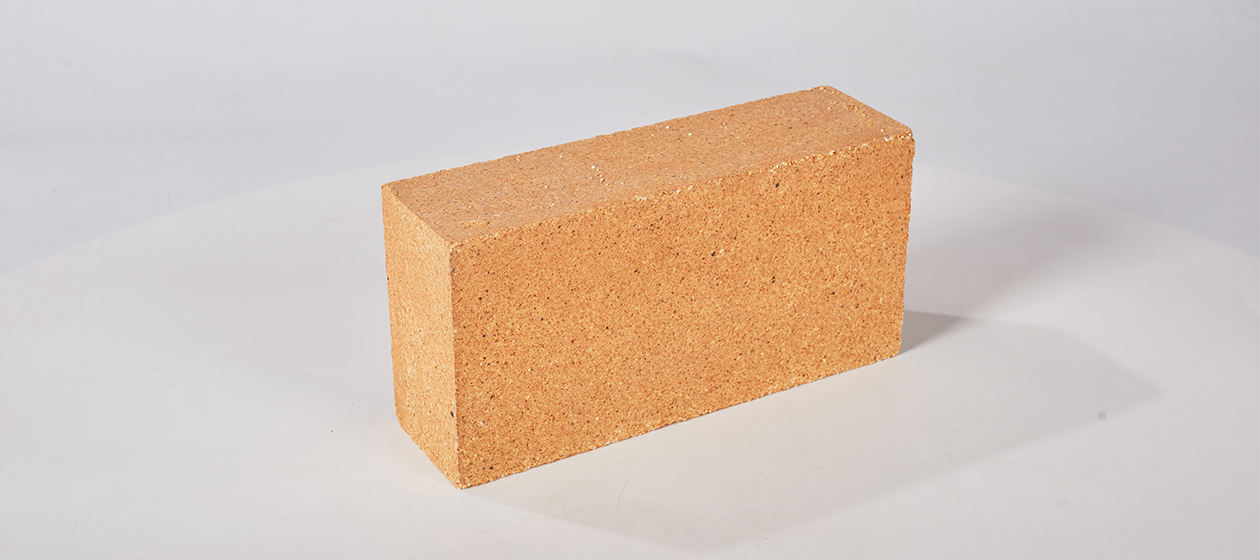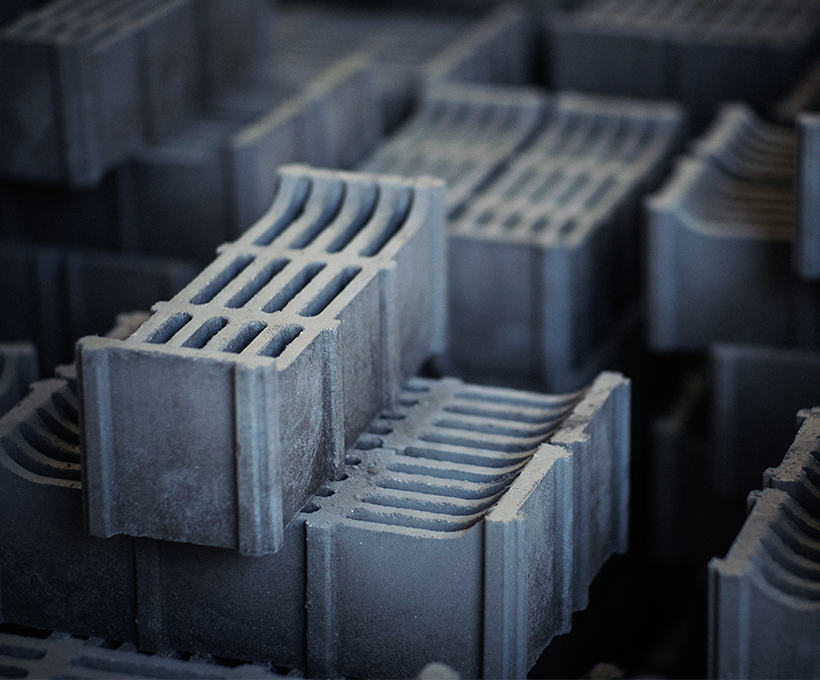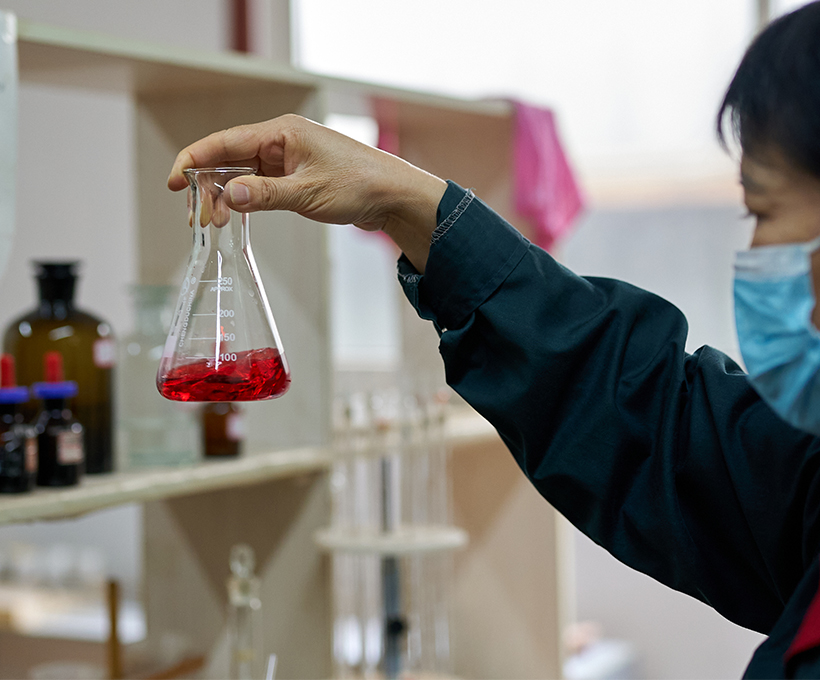Hot blast stoves, as core thermal equipment in industrial production, have performance and service life that largely depend on the selection of refractory materials. These refractory bricks act as guardians of the stove, silently enduring harsh conditions such as high temperatures and corrosion to ensure stable operation.
The choice of refractory bricks varies with the operating temperature of the hot blast stove. In low-temperature zones, fireclay bricks are preferred for their moderate thermal stability and cost-effectiveness. In high-temperature zones, where temperatures exceed 900°C, high-end materials such as high-alumina bricks, mullite bricks, sillimanite bricks, and silica bricks are required. These materials not only exhibit excellent high-temperature resistance but also offer strong thermal shock stability and chemical stability, ensuring the safe and efficient operation of the stove under various complex conditions. The selection of refractory materials also differs across various parts of a blast furnace hot blast stove.
Firstly, the dome area, which is directly exposed to hot air and flue gas, requires outstanding thermal shock and creep resistance. Silica bricks or low-creep high-alumina bricks are widely used here, while the insulation layer typically consists of insulating fireclay bricks.
Secondly, the temperature varies in the checkerwall, leading to different refractory selections. The upper section, being hotter, often employs low-creep high-alumina bricks or silica bricks, while the middle and lower sections, with lower temperatures, mostly use high-alumina bricks and fireclay bricks. Additionally, the insulation materials for these areas may include various grades of insulating bricks, refractory ceramic fibers, and fillers, depending on the specific location.
Furthermore, the division wall, which separates the combustion chamber from the regenerator, experiences significant temperature differences between the two sides. The upper part of this wall typically uses low-creep high-alumina bricks or silica bricks, while the middle and lower sections are built with high-alumina bricks and fireclay bricks.
Moreover, the combustion chamber wall operates under extremely high temperatures, requiring refractories capable of withstanding intense heat. Common choices include silica bricks, lightweight high-alumina bricks, lightweight fireclay bricks, refractory gunning mixes, and low-creep high-alumina bricks. In contrast, low-temperature zones are constructed with fireclay bricks, lightweight fireclay bricks, and refractory gunning mixes.
Lastly, the middle and lower sections of the regenerator checker bricks generally use high-alumina and fireclay refractories. The upper section often employs silica bricks, while the middle and lower sections primarily rely on low-creep high-alumina bricks and fireclay bricks. It is worth noting that in the regenerators of ball-type hot blast stoves, refractory balls are used instead of traditional checker bricks.






